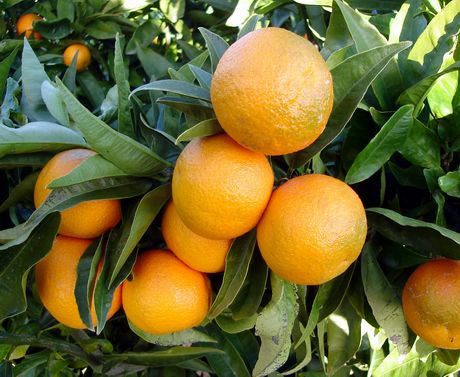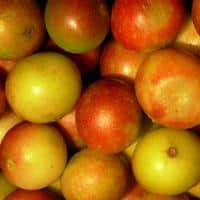The maypop is a climbing vine native to the eastern United States. In the fall, it bears fruit called maypops. The flowers have narrow, tendril-like purple petals surrounding a white center. The scientific name isPassiflora incarnata, and common names include, wildpassion flower, purple passionvine and apricot vine.
The purple passion vine grows up 25 feet (about 7.5 m) and is a rapidly growing and vigorous climber. This plant is well-suited to climb a trellis, drape over an arbor, or scale a wall or fence. The maypop vine is also grown as a trailing ground cover around landscape trees or in lightly shaded shrub beds.
he purple or lavender flowers bloom in the summer and are particularly attractive to butterflies and other pollinators. Green, egg-shaped fruit called maypops form in late summer. By fall, the fruit turns from green to gold or yellow in color as it ripens.
The fruit grows to about 2 inches (5 cm) in diameter and is sweet and high in niacin. Niacin, also called Vitamin B3, is an important vitamin found in some fruits and vegetables. Maypop fruit is well-suited for making jams, jellies, and preserves or for eating fresh from the vine soon after harvest.
Health Benefits of Maypop
Medicinal Uses Antispasmodic; Astringent; Diaphoretic; Homeopathy; Hypnotic; Narcotic; Sedative; Vasodilator; Women’s complaints.
Maypops is a valuable sedative and tranquillising herb with a long history of use in North America. It is frequently used in the treatment of insomnia, epilepsy, hysteria etc. The leaves and stems are antispasmodic, astringent, diaphoretic, hypnotic, narcotic, sedative, vasodilator and are also used in the treatment of women’s complaints. The plant is harvested after some of the berries have matured and is then dried for later use. It is used in the treatment of insomnia, nervous tension, irritability, neuralgia, irritable bowel syndrome, pre-menstrual tension and vaginal discharges. An extract of the plant depresses the motor nerves of the spinal cord, it is also slightly sedative, slightly reduces blood pressure and increases respiratory rate. The plant contains alkaloids and flavonoids that are an effective non-addictive sedative that does not cause drowsiness. The plant is not recommended for use during pregnancy. A poultice of the roots is applied to boils, cuts, earaches, inflammation etc. The dried plant is exported from America to Europe for medicinal usage. A homeopathic remedy is made from the plant.


Jay Banger
This is a pretty good site, good job!
Saul Speakman
Wow, great article.Thanks Again. Much obliged.